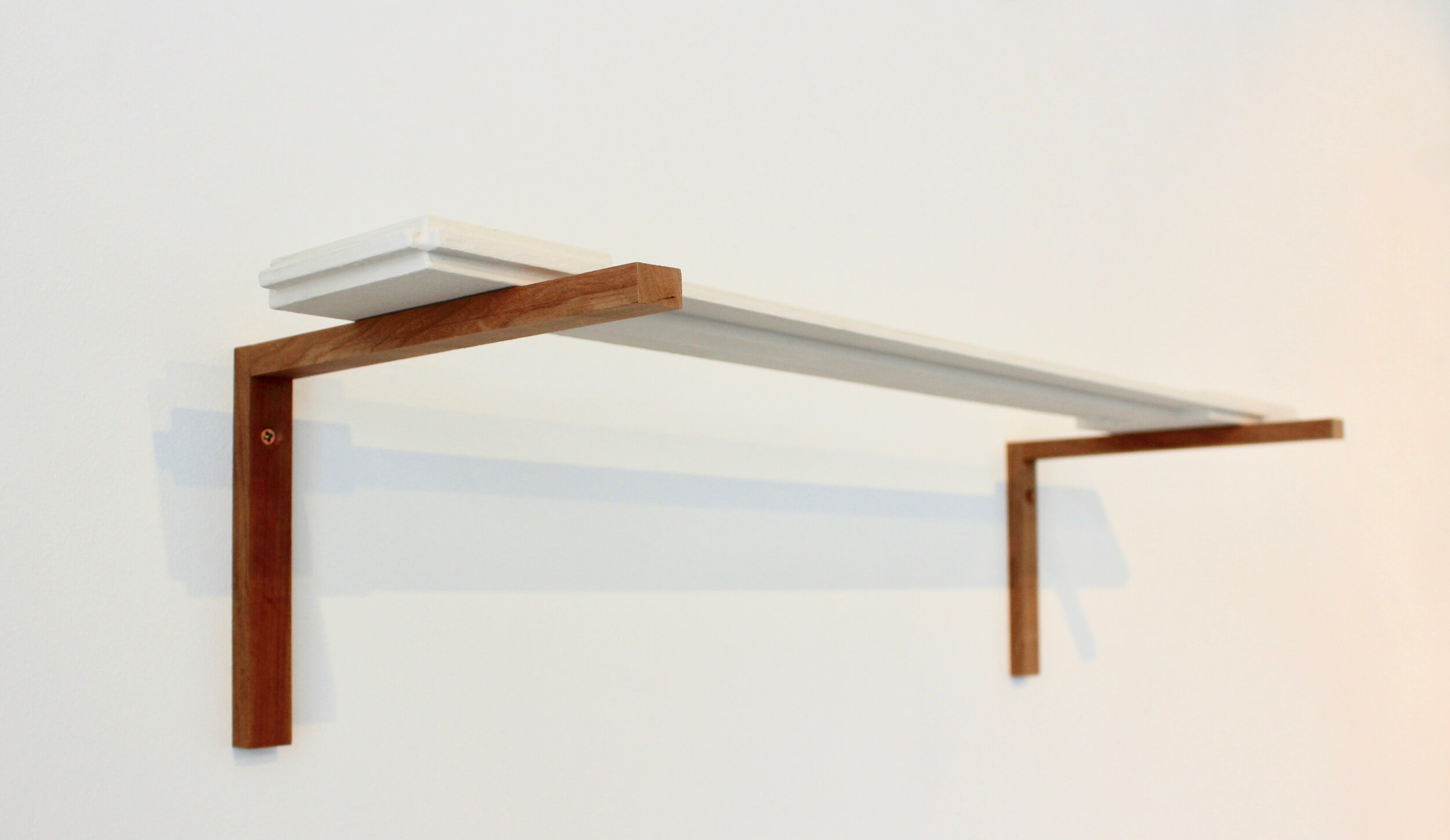Isabel English
After graduating from the Crawford College of Art & Design in 2017, I continued my studio practice with an awarded studio residency from the National Sculpture Factory in Cork. Here I continued to develop some of the themes and underpinning concepts which I had explored during my final degree years at CCAD in Cork. This residency supported the development of a new series of sculptural works and culminated in a month long solo exhibition unclosed at the Lord Mayors pavilion in Corks Fitzgerald Park. During this time, the piece plan for the ideal city... was selected for the RDS Visual Art awards in Dublin, alongside 12 other graduating artists whom were selected from the Post Graduate and Graduate degree shows from Ireland in 2017. Most recently, English's new series of work un(set), went on to be selected for the exhibition Radical Arcadia, an off-site project of Catalyst Arts in Lisbon, and several other group shows including Burning Down the House with TACTIC, Cork and The Encounter That Never Was for Kilkenny Arts Festival.
The term Utopia, as a conceptual device, entails two related but contradictory drives; an aspiration for a better world, and the recognition that this perfect world may only ever exist in the imagination. My work allows the viewer to project both prospects - that of unrealized failed potential, or the germ of possibility.
My current series of work un(set) revisits and extends on the architect Claude-Nicolas Ledoux (1736-1803), a precursor of the utopian city and his project The Ideal City of Chaux. Adapting this idea of Ledouxs’, I built upon the construct of the architect’s notebook of fictional architecture. I began to deconstruct architectonic elements from this ideal space, with objects, real or imagined, offering an alternative arcadia unbounded by time, location or scale.
My practice utilizes a variety of media in conveying these ideas to the viewer; a set of drawings and plans of unrealised projects, architectural models, presented both in the real and within constructed environments through 3D rendering software, and with suggestive figures such as The Architect. The index of passive objects, structures and drawings contemplate the notion of Utopia, the possibility of a space indefinably large or small, perhaps a place for spontaneous interaction and moveable architecture.
instagram : @isabelenglish_









